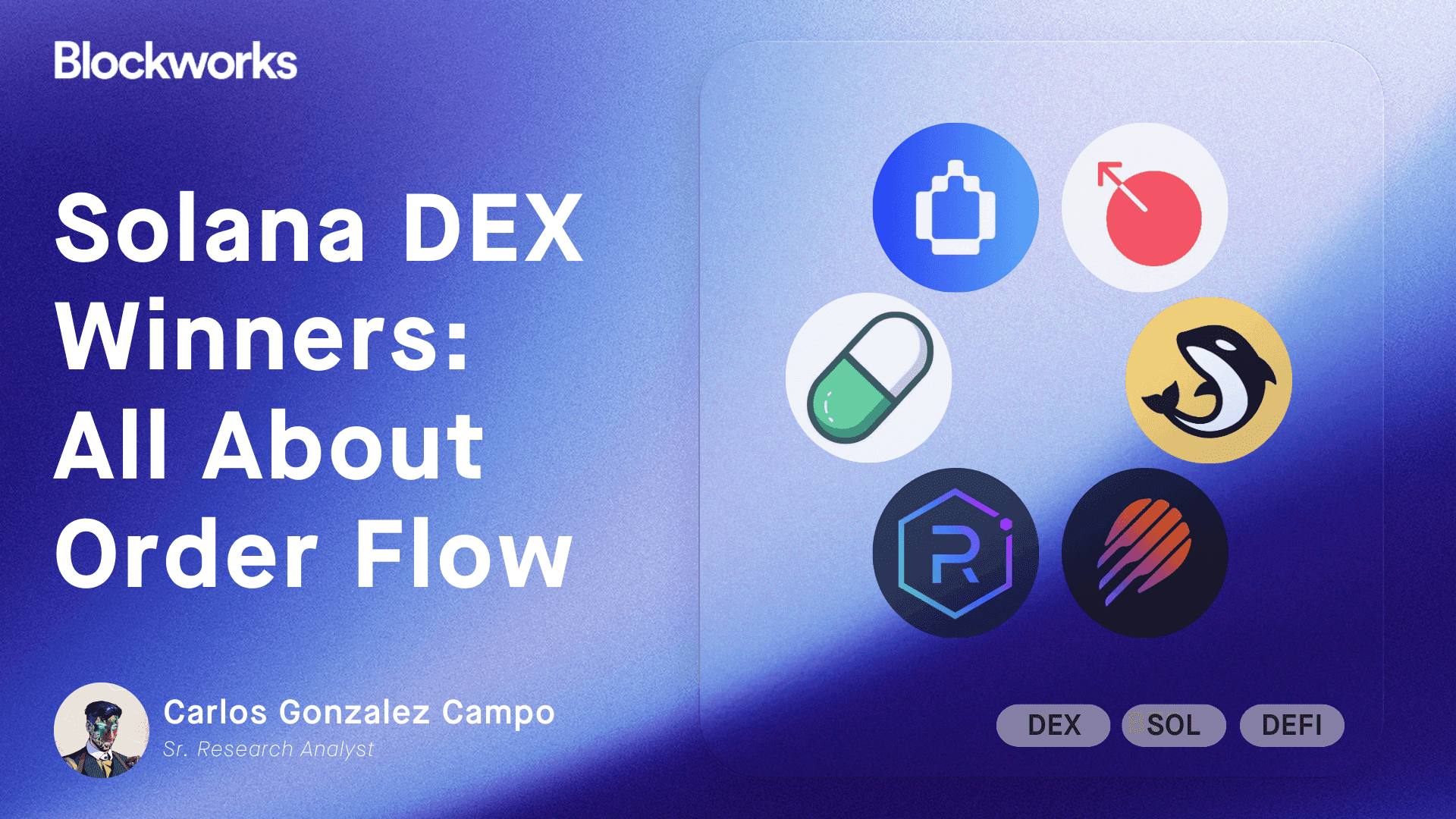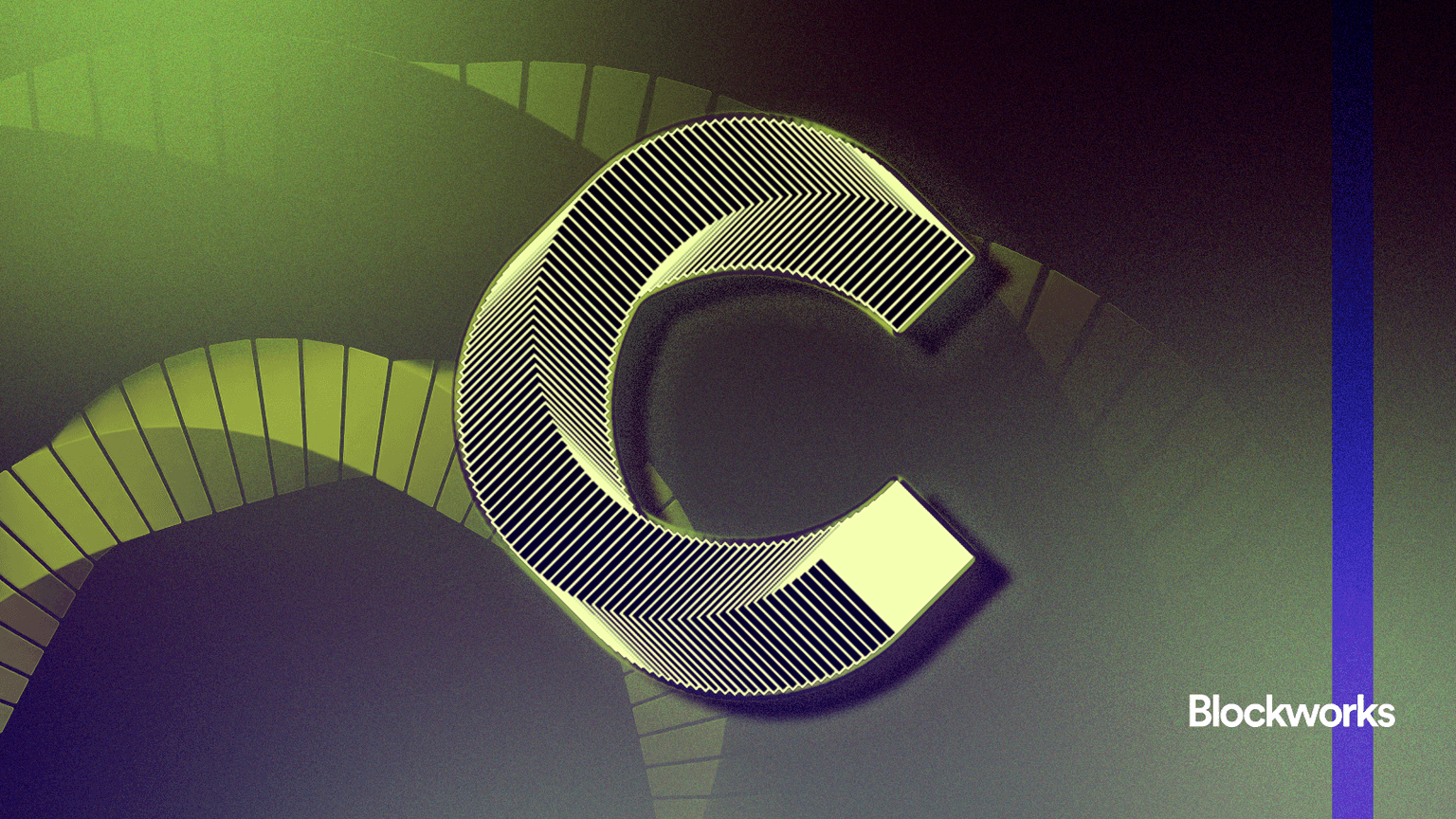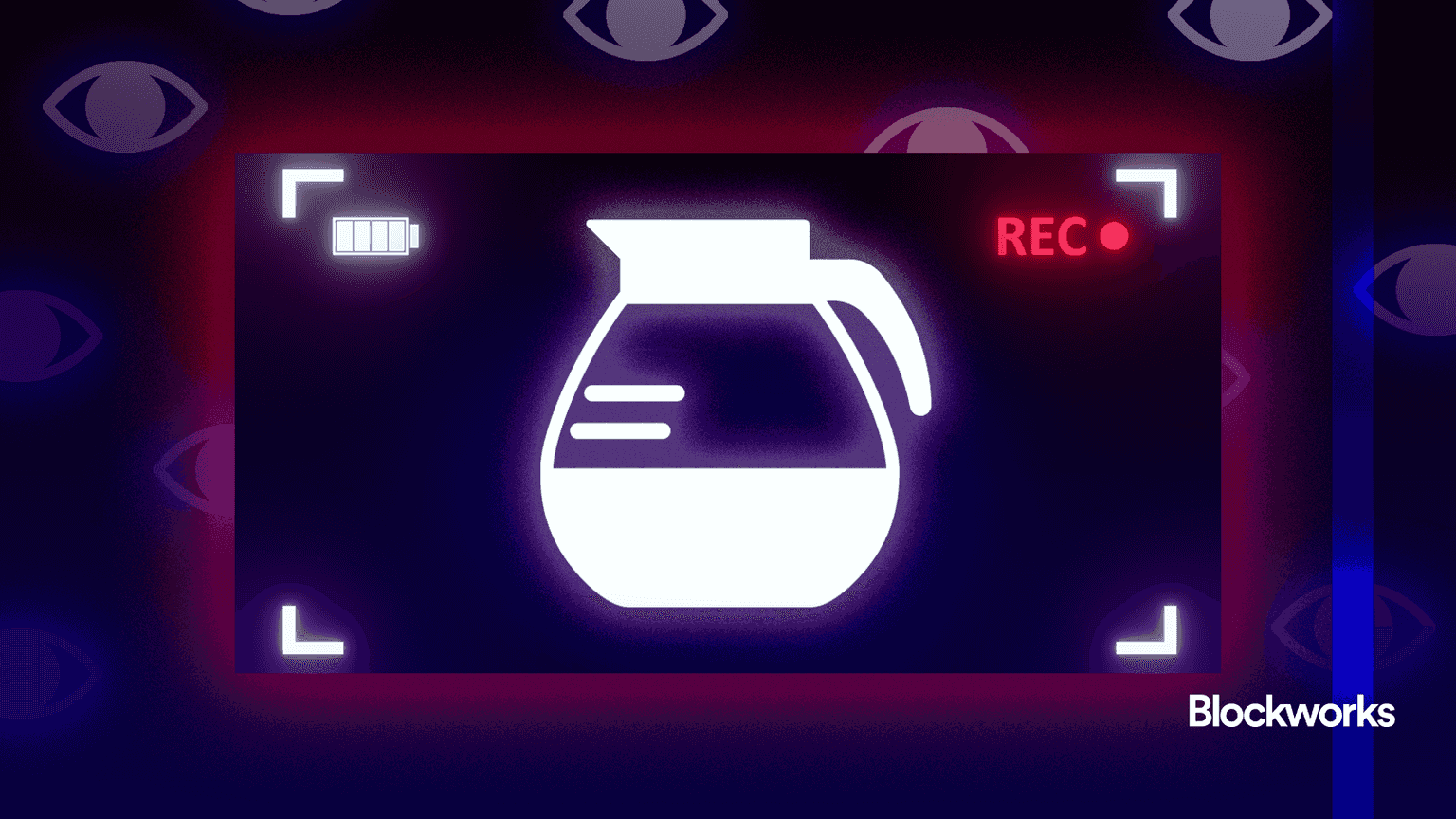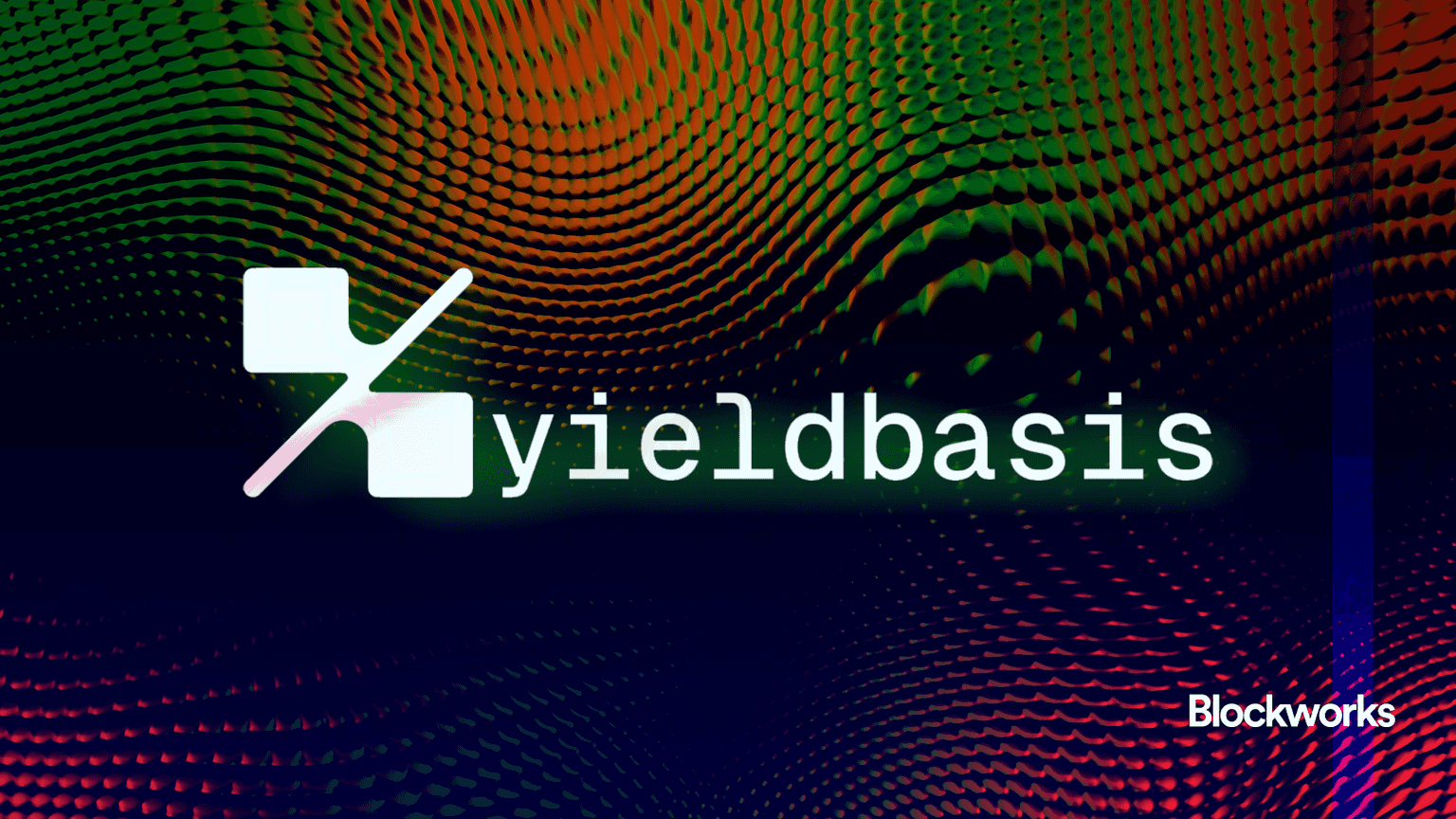Ronin rejoins Ethereum as rollup strategies diverge
From Ronin’s classic L2 pivot to Taiko’s based rollup and Puffer’s ultra-low-latency appchain testnet, Ethereum-aligned architectures are multiplying
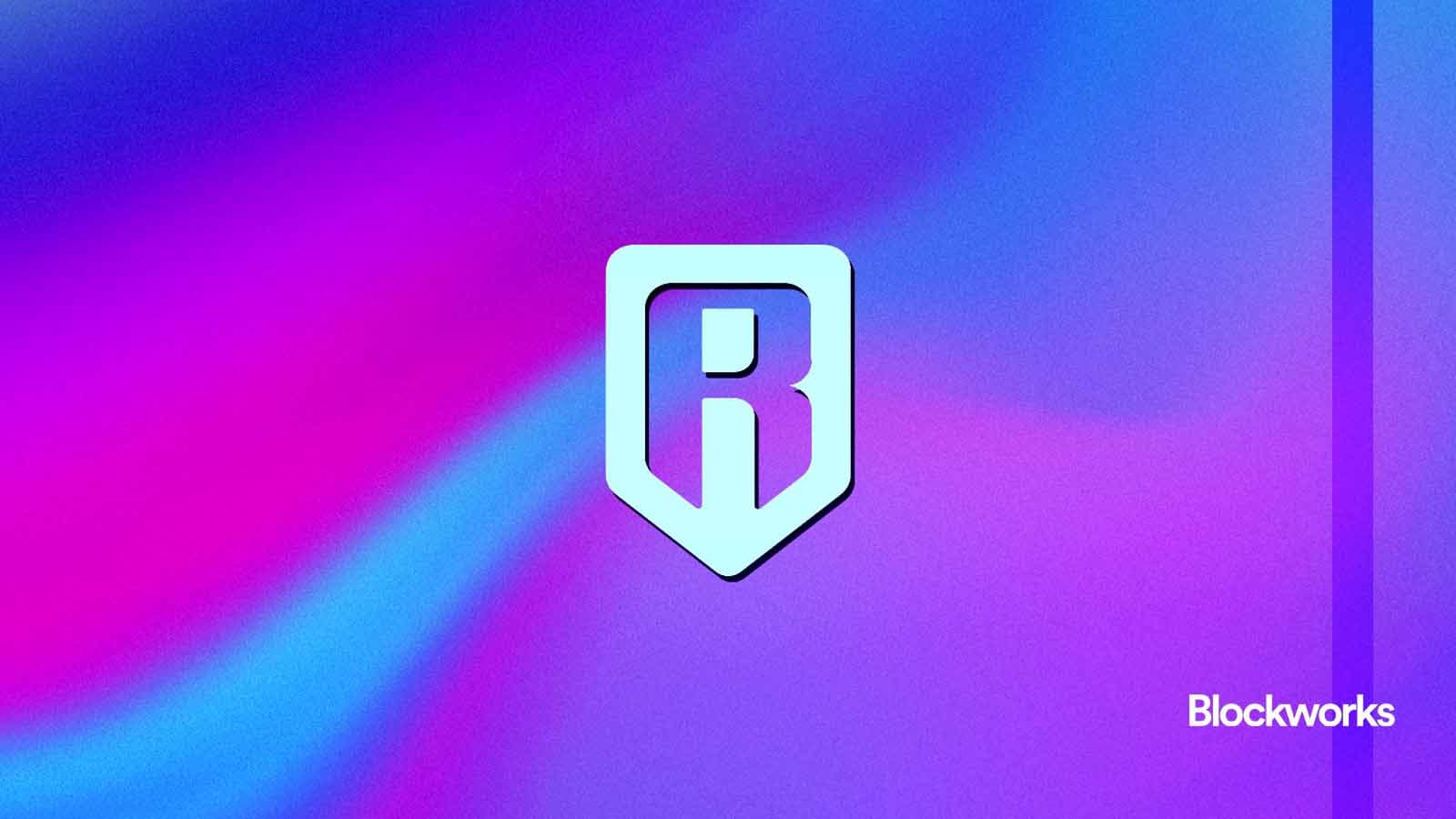
Satheesh Sankaran/Shutterstock and Adobe modified by Blockworks
Ronin, the gaming chain launched by Sky Mavis, is making its way back into the Ethereum fold.
Today, the team announced that Ronin will migrate from a standalone sidechain to a full Ethereum layer-2 rollup.
Scheduled for Q1-Q2 2026, the shift aligns Ronin with Ethereum’s settlement layer while retaining RON as the chain’s native gas token. Users won’t pay ETH directly, but transaction data will be posted to Ethereum, and the chain will inherit Ethereum’s security guarantees.
For Ronin, this marks a kind of homecoming — not just technically, but economically and strategically. Its next evolution involves new tokenomics, with “Proof of Distribution” rewarding builders rather than just validators or liquidity providers. It’s a classic layer-2 model: Preserve the ecosystem’s internal coherence while plugging into Ethereum’s shared infrastructure.
But Ronin’s return to Ethereum also highlights an increasingly relevant design question: if Ethereum is the center of gravity, how should aligned systems connect to it? Should app-specific ecosystems become rollups with their own sequencers? Or should they integrate more deeply, adopting shared sequencing via Ethereum validators — so-called “based” architectures?
Ronin is choosing to keep sequencing local. Control over order flow, fee logic and transaction inclusion will remain with the chain’s own operators. But not everyone sees this as the optimal path forward.
Based and beyond
Take Taiko, the self-described “first based rollup,” which just shipped a major milestone: preconfirmations live on Ethereum mainnet. The rollout made Taiko the first production implementation of a rollup that outsources sequencing directly to Ethereum proposers. Instead of running its own centralized sequencer, Taiko uses Ethereum block proposers to order transactions, preserving decentralization and aligning incentives with the base layer.
Preconfirmations fill a key gap: While Ethereum validators publish blocks every 12 seconds, apps need to give users faster feedback — sometimes known as “soft confirmation.” Taiko’s preconf system introduces a fast path — about two seconds — for users to get confirmation that their transaction will be included. It doesn’t feel instant, but it’s a breakthrough for systems that refuse to compromise on decentralization in exchange for speed.
An adoption hurdle for Taiko has been that its design made transactions consistently more expensive than its rollup rivals. But that’s changing, according to Lin Oshitani, protocol researcher at Nethermind.
“At some point, being a based rollup becomes more cost-efficient than having a centralized sequencer, and it can provide these composability guarantees and all that,” he said in an X space Friday. “Blob aggregation is the first step.”
Taiko’s milestone was the first time preconfirmations went live on a mainnet-based rollup. But it won’t be the last.
Puffer Labs just launched the second testnet of its UniFi stack, another based architecture that pushes the model even further. Puffer is building infrastructure for application-specific chains that use Ethereum’s validator set for sequencing and settlement. They call them “based appchains.”
UniFi’s differentiator is speed. While Taiko targets two-second preconf times, Puffer claims sub-10 millisecond latency on testnet, which is approaching Web2 performance territory. That’s enabled through a preconfirmation AVS (Actively Validated Service) built on EigenLayer, which restakes ETH to back a distributed set of preconfirmers. Add in a multi-TEE (trusted execution environment) prover setup spanning both Intel TDX and AMD SEV, and Puffer is trying to minimize trust assumptions while maximizing responsiveness.
Puffer opts for the TEE route, for now, because current zk-provers lack real-time proving — a prerequisite to achieving synchronous composability — according to Amir Forouzani, a contributor at Puffer.
“As ZK technology matures, we are gradually transitioning toward fully trustless real-time proving, while continuing to use TEEs as a safeguard to catch potential bugs in the zk-circuits, ensuring maximum safety,” Forouzani told Blockworks.
Unlike Taiko, UniFi shares MEV and congestion rewards across all parties, including the Ethereum Validators and Rollup owners. So there is no longer the tradeoff of giving up MEV or priority fee to become based. Unlike most rollups — and of course L1’s like Circle’s planned Arc chain — UniFi appchains don’t need to centralize sequencer logic or fee capture. They get the sovereignty of an appchain with the alignment and finality guarantees of Ethereum.
If Taiko is the “proof of concept” for based rollups in production, Puffer can be seen as a forward-looking blueprint with different tradeoffs. It’s more configurable, faster and has a clearer path toward institutional use cases. Its second testnet introduces EIP-7702-based atomic withdrawals, custom gas token logic and optional privacy features, making it attractive to both permissionless builders and enterprise clients.
Taiko offers a simpler, fully live architecture with no reliance on trusted hardware or external AVS networks, prioritizing neutrality and decentralization today.
The alignment spectrum
What’s emerging is a spectrum of Ethereum-aligned architectures. At one end, you have Ronin joining the status quo of rollups, with its own sequencer and token logic, drawing security from Ethereum but keeping execution local. In the middle, you have based rollups like Taiko, which rely entirely on Ethereum’s validator set to handle transaction ordering. And on the far end, Puffer proposes sovereign appchains that share sequencing and economic alignment with Ethereum while maintaining full control over execution environments.
Like Ronin, Circle’s Arc is built for a specific use case with a custom gas token. But unlike Ronin, it’s not trying to be part of the Ethereum stack at all.
All are responses to Ethereum’s current limitations: latency, throughput, cost or governance overhead. But they diverge on the question of how deeply to plug into Ethereum (via shared sequencing), partially (via settlement), or not at all.
Beyond the battle between rollups and L1s, it’s a tussle over who controls order flow, who earns MEV, and where economic gravity pulls. For developers and users alike, the trade-offs are getting sharper: faster UX vs deeper alignment, composability vs. sovereignty, local revenue vs. shared security.
Ronin’s return to Ethereum as an L2 shows that the mainstream rollup-centric roadmap playbook still holds weight. But Taiko and Puffer suggest a new one is being written, where Ethereum’s broad base of validators have a more direct role in the execution of everything that builds on top.
Updated Aug. 15, 2025 at 3:20 pm ET: Added comment from Puffer.
Updated Aug. 16, 2025 at 7:36 am ET: Clarified how UniFi handles MEV.
Get the news in your inbox. Explore Blockworks newsletters:
- The Breakdown: Decoding crypto and the markets. Daily.
- 0xResearch: Alpha in your inbox. Think like an analyst.
